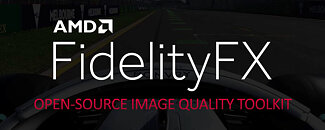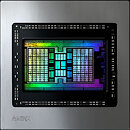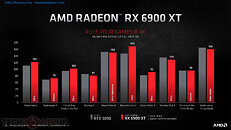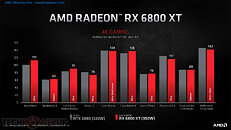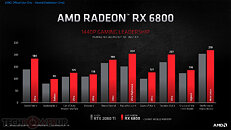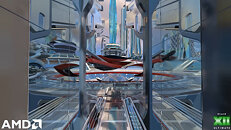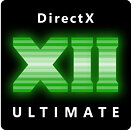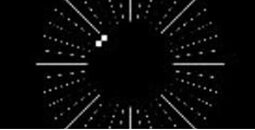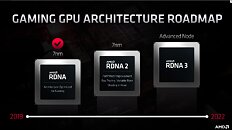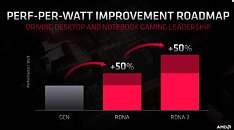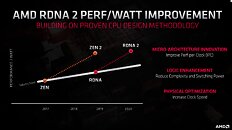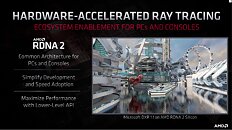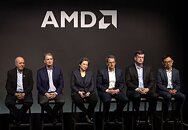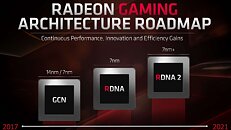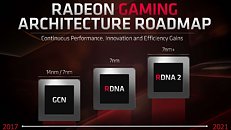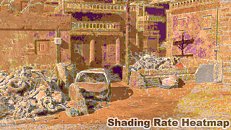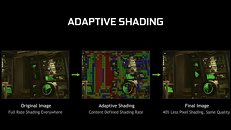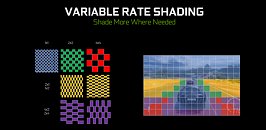
Qualcomm Unveils Snapdragon 7-Series Mobile Platform to Bring Latest Premium Experiences to More Consumers
Qualcomm Technologies, Inc. announced the new Snapdragon 7+ Gen 2 Mobile Platform—delivering premium experiences brand new to the Snapdragon 7-series. Snapdragon 7+ Gen 2 provides exceptional CPU and GPU performance fueling swift, nonstop gaming, dynamic low-light photography and 4K HDR videography, AI-enhanced experiences and high-speed 5G and Wi-Fi connectivity.
"Snapdragon is synonymous with premium mobile experiences. Today's launch of the Snapdragon 7+ Gen 2 illustrates our ability to bring some of the most in-demand flagship features to our Snapdragon-7 series—making them accessible to more people," said Christopher Patrick, senior vice president and general manager of mobile handsets, Qualcomm Technologies, Inc. "We are committed to delivering the most innovative solutions to meet the needs of consumers, our customers, and the industry at large."
"Snapdragon is synonymous with premium mobile experiences. Today's launch of the Snapdragon 7+ Gen 2 illustrates our ability to bring some of the most in-demand flagship features to our Snapdragon-7 series—making them accessible to more people," said Christopher Patrick, senior vice president and general manager of mobile handsets, Qualcomm Technologies, Inc. "We are committed to delivering the most innovative solutions to meet the needs of consumers, our customers, and the industry at large."














